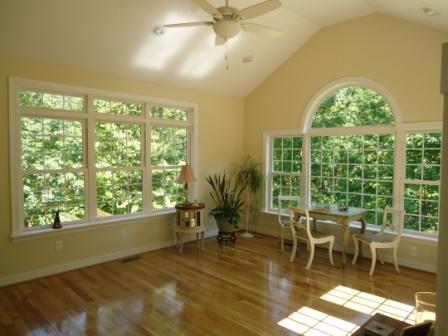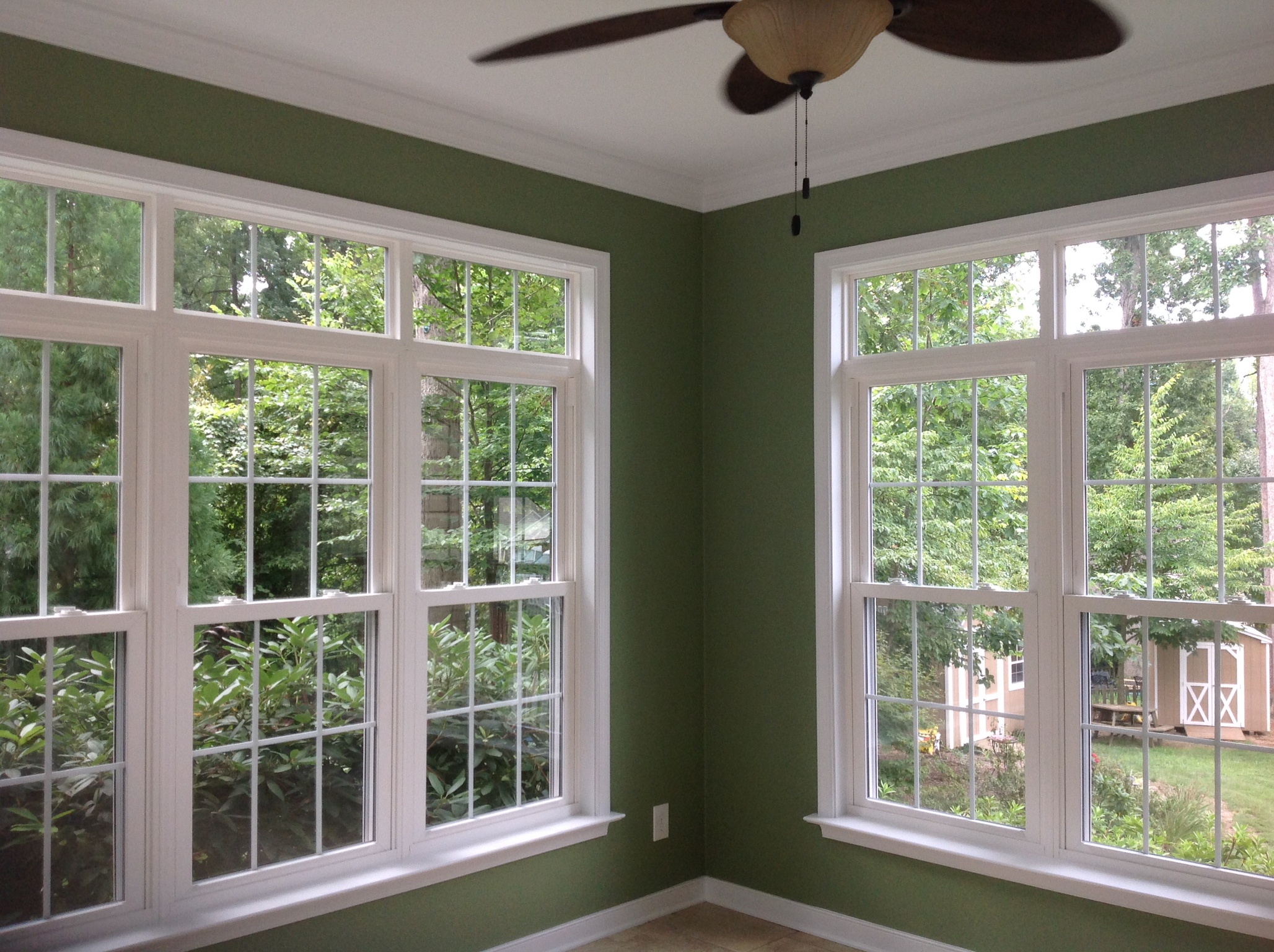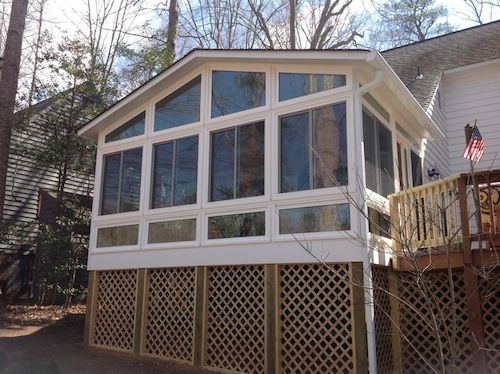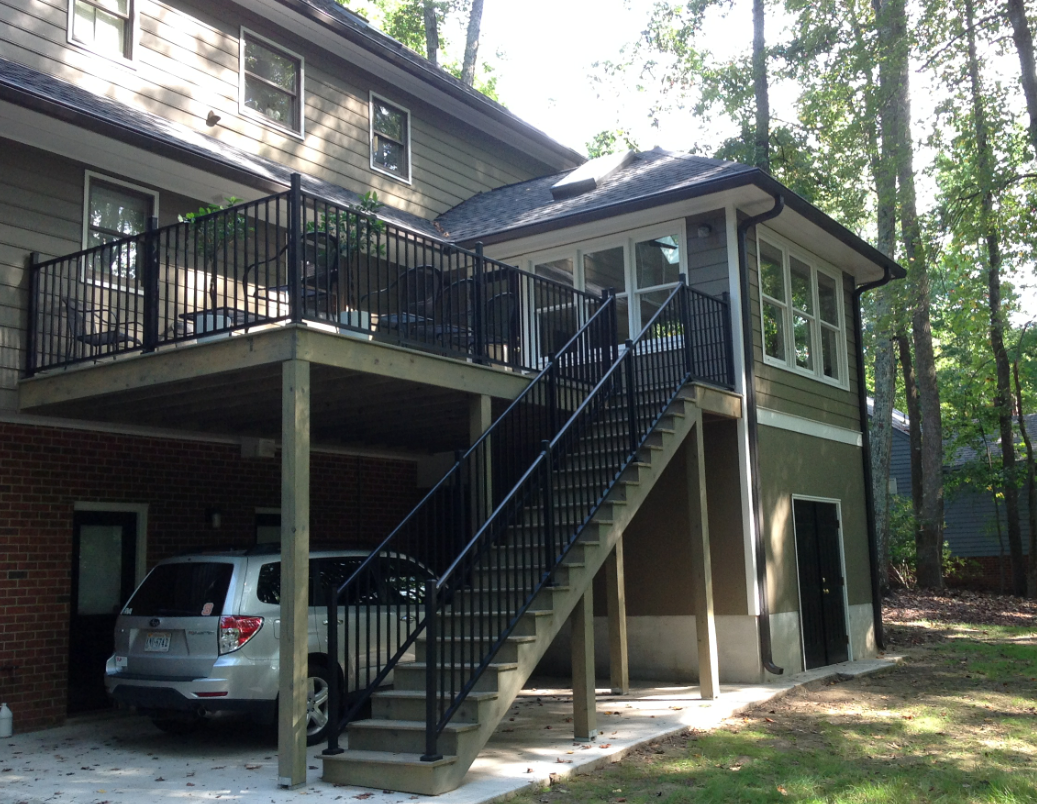Why You Will Love Radiant Heat in Your Sunroom Floor
Richmond sunrooms are a popular addition to many homes. Sometimes used as a three-season room, and sometimes used year round, the sunroom is designed as a place where you can relax to enjoy the light and warmth of the outdoors through walls made primarily of windows. Because sunrooms are often afterthoughts – added to the home long after it’s built, heating the room to become an all-season space can be a challenge. Instead of adding ducts to nonexistent walls or ceilings to try to add forced hot air, or lining the spaces below the windows with baseboard heaters, consider a better way to heat your sunroom – radiant heat. Radiant heat can keep you warm and toasty in your sunroom year round, and for a fraction of the cost of what it would take to heat the room using other methods.

What Is Radiant Heat?
Radiant heat is technically defined as heat that is transferred from the heating source directly to an object. In this case, radiant heat refers to the method used to warm up the floor of the room. When you stand on the floor, the heat gets transferred directly to you – not into the air of the room. This is a more efficient method of heating, and keeps you more comfortable than other heat sources.
You can install radiant heat in your sunroom in a few different ways, such as running forced hot water through pipes beneath the floor. Because most sunrooms are built on a slab, however, the most common method involves installing electric mats beneath your flooring. These thin fiberglass mats have wires embedded in them that are laid directly on the slab or subfloor. Your finished flooring is installed directly on top of the mat, which is hooked up to a thermostat. When the mats are turned on, the radiant heat energy is transferred from the mat to the floor, and from the floor to the objects in the room such as your furniture – and you.
Why Radiant Heat Is So Beneficial in a Sunroom
Radiant heat can technically be installed in any room of your home, but it makes the most sense in a few specific areas – such as your sunroom.
Less Heat Loss
For the most part, the majority of sunrooms are made with three outside walls filled with windows, if they aren’t made entirely out of glass. In some cases, your ceiling may also be made of glass or may have windows installed as well. This makes insulating the room very difficult, particularly because windows can account for as much as 40% of the energy you use to heat a room being lost through the air.
Because radiant heat is transferred directly to objects, it doesn’t heat the air. This means that you need less insulation in your sunroom to stop heat loss. In fact the air temperature in the room can be significantly lower in a room with radiant heat and still keep you warm because your chair and body are coming into contact with the radiant heat – and getting the heat transfer – rather than the air.
Easy Install
Some people originally install sunrooms as three-season rooms or porches. The biggest reason for this, rather than originally creating them as four-season rooms, is because it can be so difficult to install decent heating in the room. Forced hot air requires ducts that often can’t be run into the thin walls or slab floor of the room. Forced hot water and oil heat require pipes to be run to the room, which means opening up other walls and floors, and electric baseboard heaters can often be expensive and inefficient.
Radiant heating is very easy to install, even on a slab. The mats or wires can be laid anywhere, and are even easy enough for a DIY homeowner to put down themselves. The wires hook up to a thermostat on the wall so you can control the heat of the sunroom separately from the rest of the house, and you can install any flooring you want right on top from tile to hardwood, letting you customize the look and feel of the room while remaining warm and comfortable. You can also easily retrofit an existing sunroom with radiant heat, so even if you have a current three season space you want to convert, you can do so without too much time or expense.
Low Cost to Run
Many of the radiant heat mats on the market today take about as much energy to run as it costs to run a single light bulb. This means that you can heat your sunroom for significantly less money that it would cost you to try to heat it using other methods. And because you have less heat loss, and often feel warmer in a room using radiant heat, you need less energy to be comfortable in the same space. All of this translates to you being able to enjoy your sunroom year round for just pennies on the dollar.
Add Some Radiant Heat to Your Sunroom
Whether you’re building a new sunroom onto your home, or just looking for a more efficient way to heat one that’s already there, give radiant heat a try. You’ll find that for your money, there are rarely more efficient methods out there that can keep you as warm and comfortable in the space year round.
For any other tips on how to make your home remodeling a breeze, Classic Construction
is available for all your Richmond remodeling services. To learn more, give us a call at 804-776-5070 or fill out our online form for a free consultation.



